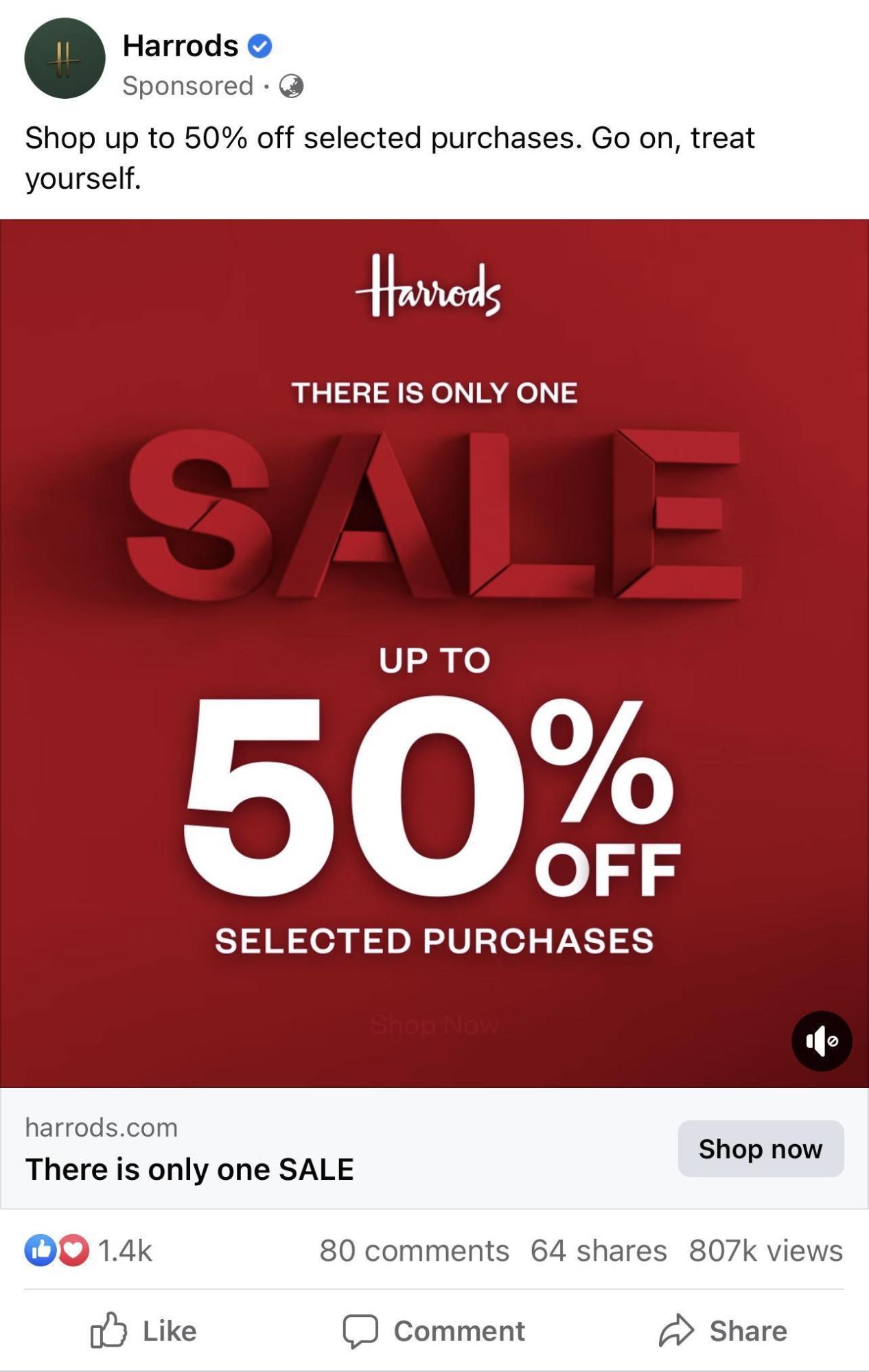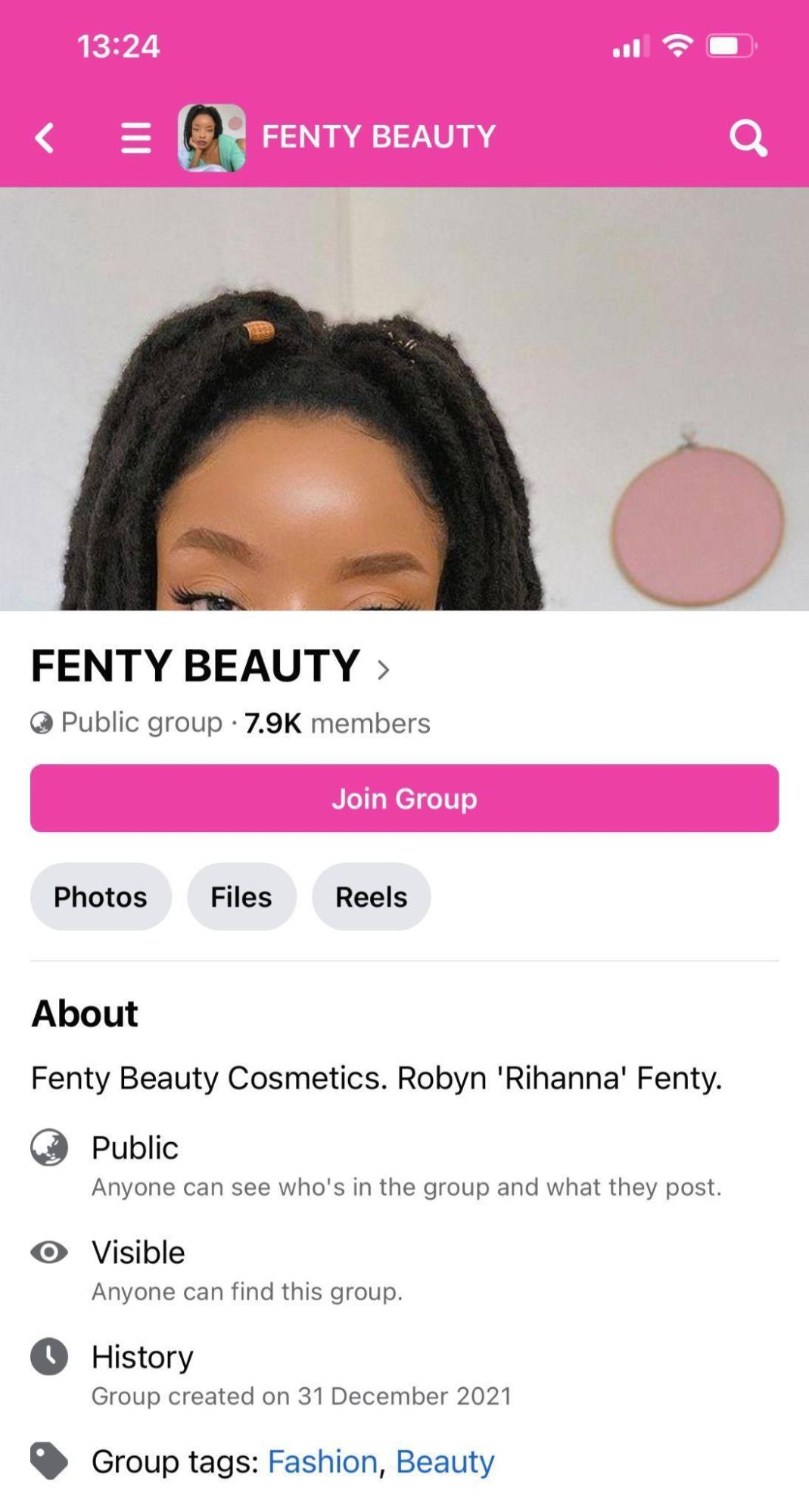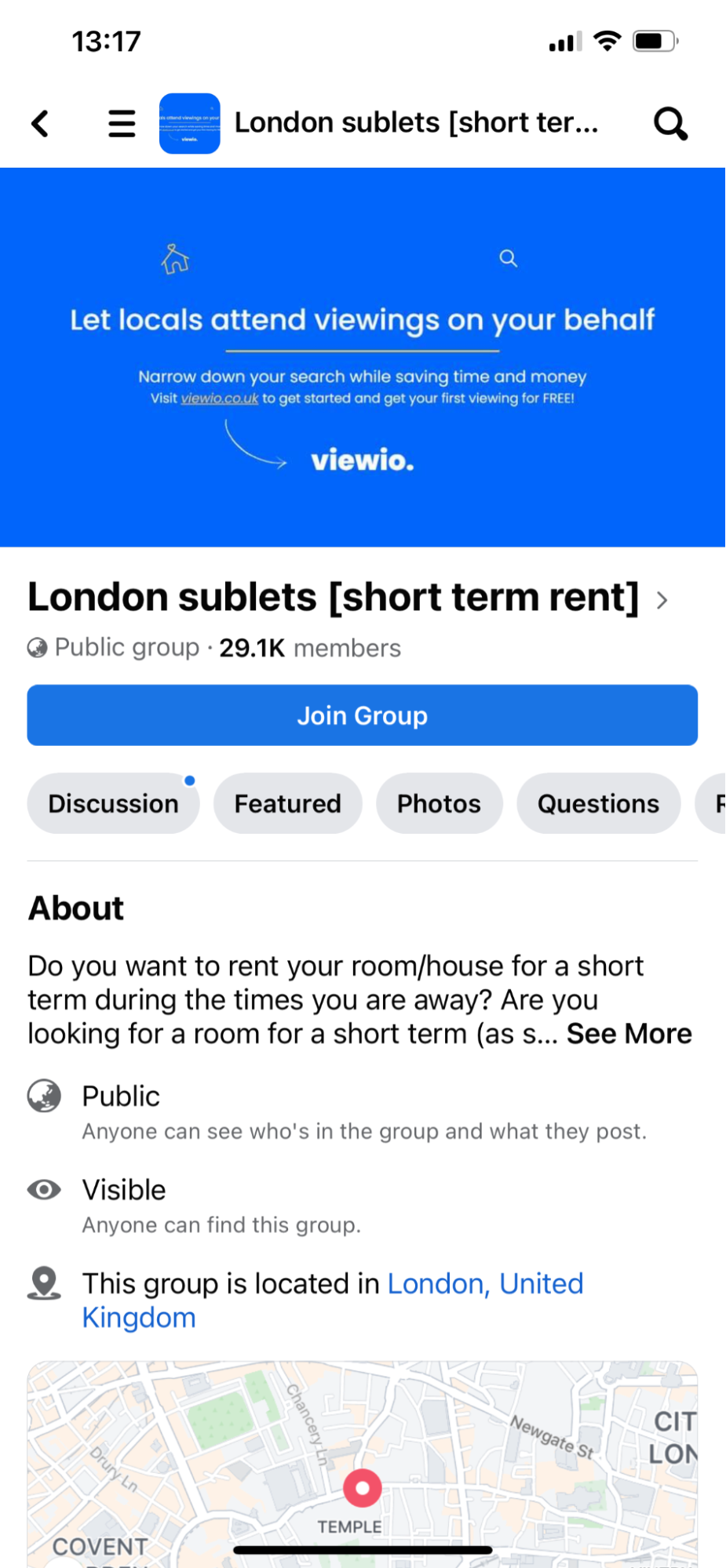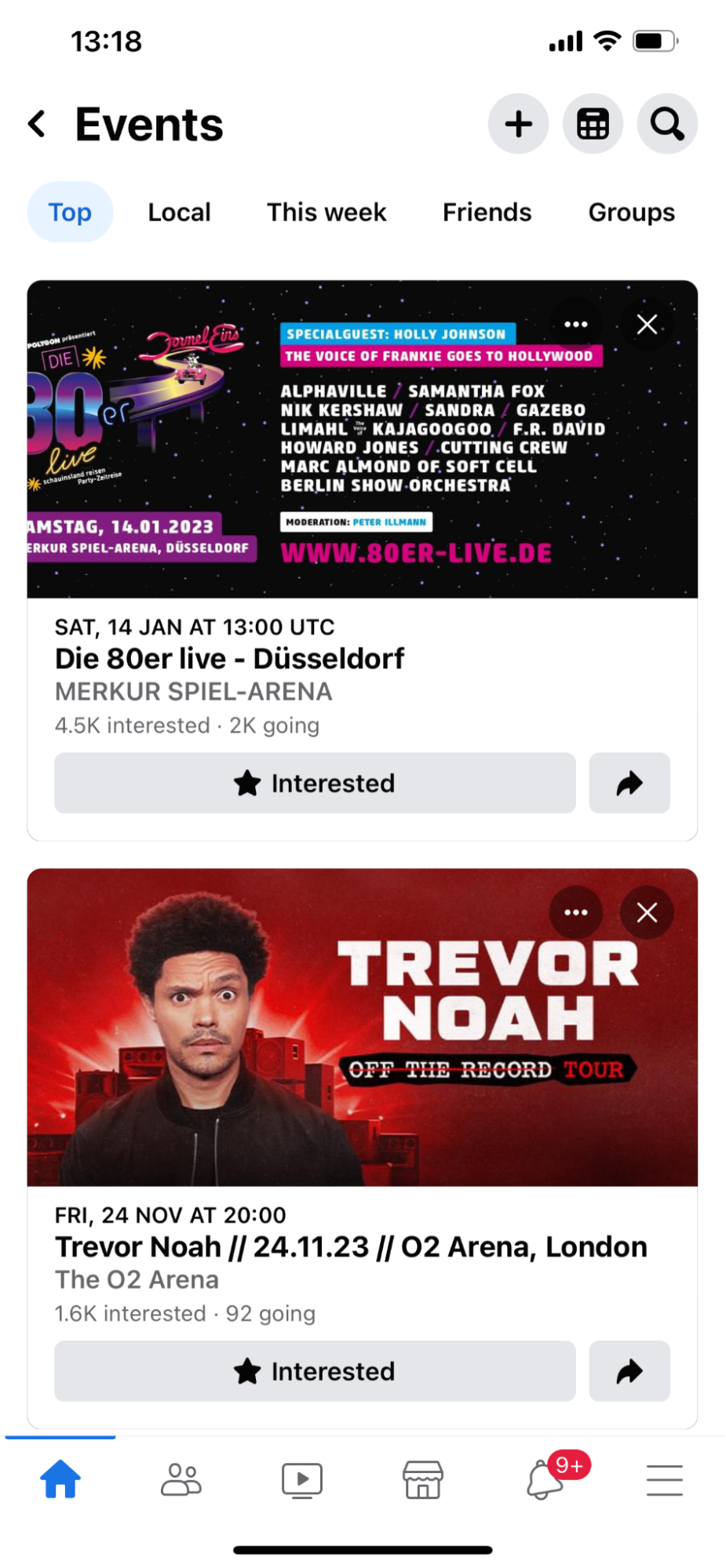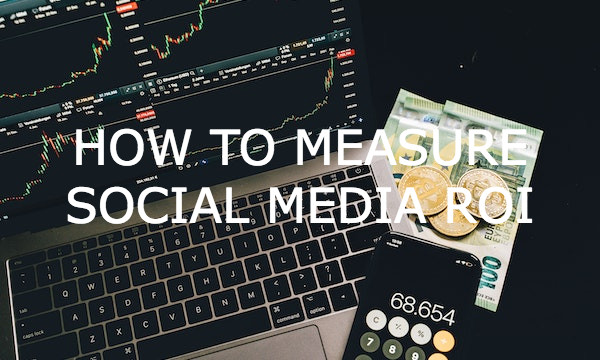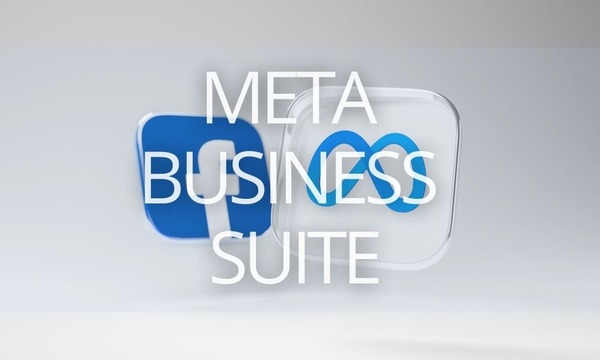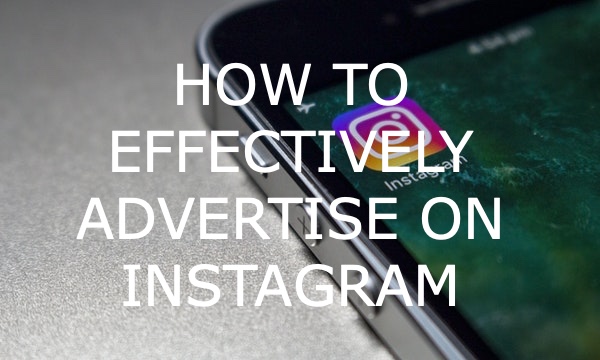Even though 2022 was a challenging year for Meta, advertising on Facebook isn’t dead. It continues to be a valuable resource and works for those who possess essential social media marketing skills.
The platform’s active user base grows continuously, and a single ad is estimated to reach 2.17 billion people. It is an impressive number of users (close to 30% of the population). However, the trick with Facebook advertising is not to try to sell to everyone but to target the right users instead. If you want to advertise successfully, you need to know who your customers are and to find the right segment of all Facebook users.
Some people choose not to advertise on Facebook anymore; they turn to TikTok and Instagram instead. However, that could be very beneficial for you. Let your competitors go to TikTok and become the most popular brand in your segment on Facebook. And if you are choosing this strategy to put your money into something that others are abandoning, do it smartly, aim for a win and get the highest return on your investment. In this article, we will help you to be in control of your Facebook advertising strategy and get the most out of platform advertising in 2023.
What are Facebook ads?
Facebook ads are paid posts businesses use to promote their products or services . Companies set an ad budget and bid for each click or thousand impressions the ad receives.
Facebook ads usually target users based on their:
- Demographics
- Location
- Interests
- Other information on their profile
Like Instagram ads, Facebook ads appear throughout the app, including in users’ feeds, Stories, Messenger, Marketplace, and more. They look similar to regular posts but always include a ‘sponsored’ label to show they’re an ad. Facebook ads have more features than regular posts, like call-to-action buttons, links, and product catalogs.
Some types of Facebook ads include videos, stories, carousels, collections, slideshow, and even messenger ads.
General rules
If you want to advertise effectively on Facebook, you need to choose a marketing tactic. You must consider your brand’s values and message when thinking about a tactic. What would best get that message across? Here are a few examples of the tactics you could apply:
- Make it natural. Post organic photos, relaxed texts, or video content. Be a friend to your customer and let them know you get what they want and need.
- Make it fun. Run giveaways and contests. Organize quiz Fridays and do it in real-time. Let your customers win and send them freebies.
- Make them envious. Include influencers that would make your products super desirable. Create a strategy to make your customers think they must have what you sell.
When to post
When should we post? This is a question we get asked a lot. While some research says that the best times are between 8:00 AM to 12:00 PM on Tuesdays and Thursdays, it changes from business to business.
Experiment and find your unique successful posting time. Use Facebook Audience Insights to analyze when you get the most likes and conversions and stick to that time.
Essential steps to take to get sales with Facebook paid ads
1. Optimize your Page
Your Facebook page is your face. Your Facebook page is extremely important even if your ads take the customer directly to your website. First, many clients would check out your page first before clicking on the call-to-action button. And second, Facebook would take your page into account when rating your ads. If you want more people to view your ads, optimize your page. Below are important things to consider:
- Do you have a profile photo? Your logo works great if you don’t know what your profile photo should be.
- Don’t forget about a cover photo as well! It should be connected to your industry.
- Is there a call to action button, such as ‘Book Now’?
- Is all of your contact information displayed, including URL, phone number, and email address?
- Is your description section well-written, representative of your brand, and detailed?
- Did you choose the correct business category?
- Did you customize your Facebook page URL?
2. Work on your campaign
Before we go into targeting and promoting, it is worth checking whether the campaign itself is excellent. Is it exciting and catchy? Does the text grab the reader’s attention right away?
Facebook’s auction is similar to that of Google Ads’, where advertisers who create quality ads are rewarded with higher ad positions and lower costs.
3. Build a full Facebook ads funnel
With paid ads, it’s often desirable to only run those campaigns that will bring direct profit. However, it is crucial to understand that today’s consumers are more intelligent than that and don’t want to feel like they’ve been targeted or that someone is making them buy something. That is why marketers learned to use ad funnels successfully. If you create a journey for the buyer, they will most likely convert at a higher rate later than if you made them buy something straight away.
The funnel works in such a way that a piece of content is promoted first. For example it can be an offer to download something for free. This part of the buyer’s journey is called Top of the Funnel. And later on, those who have downloaded or left their emails get targeted again at the Bottom of the Funnel.
Top of the Funnel Campaigns
Top of the Funnel campaigns are there to build brand awareness. These are the types of ads that are ideally viewed by those who have never interacted with your brand before. 70% to 80% of your daily budget should be allocated to these campaigns!
Bottom of the Funnel Campaigns
Your Bottom of the Funnel campaigns are for those who have already engaged with your brand. Usually, the Bottom of the Funnel campaign targets the so-called warm audience, those users who have interacted with your web pages but have yet to purchase from you.
Ideally, you would be targeting different people with specific pages or products. For example, if someone looked at a particular ring, you could show them that ring when they are scrolling through their Facebook feed. 20% to 30% of your daily budget should be allocated to your Bottom of the Funnel Campaigns.
If you’re operating on a limited budget, you could try spending more on your Bottom of the Funnel campaigns. But once those customers have converted, allocate more money to your Top of the Funnel campaigns. If you have a Customer List, exclude that from both your Top of the Funnel and Bottom of the Funnel campaigns.
4. Peep at your competitors
Look at more than their Facebook ads and profile. Look at your competitors’ Linkedin ads, their Instagram ads, and so on. How often do they post? What type of content gets the most views?
5. Be smart with your lookalike audiences
To create lookalike audiences, Facebook requires you to produce some information about the potential audience you would like to sell to. Create lookalike audiences based on your Customer List. You can create source audiences from email addresses you upload, website visitors, people who engage with your app, or your content on Facebook or Instagram. We suggest you go with the emails option. Always choose the highest resemblance. Combine lookalike audiences with interest, behavioral, and demographic targeting.
Try other Facebook tools
1. Facebook Groups
Running Facebook groups requires a lot of work. Your group would have to be constantly moderated to be successful. However, creating one and adding it to your marketing campaign can bring you some impressive results.
If you are still determining whether you need one, consider your goals. Would you like to build a community? If the answer is yes, the Facebook group is a perfect fit.
2. Facebook Marketplace
You might’ve used Facebook Marketplace before for your personal needs, such as when you were looking for an office chair and wanted a cheaper one, possibly a used one, or when you tried to sell an old toolbox you no longer use. However, has it occurred to you that Marketplace is a great business sales channel too?
Business listings are welcomed on Marketplace. You can create your page there and add a logo, description, and reviews that customers leave for you. It’s free to create listings, making it a must-try for local businesses.
3. Live videos
Using live videos in your marketing strategy is a great way to show the authenticity of your brand. If you want to hold your customers’ attention, engage them in live videos.
There are a few effective live video formats. Depending on your business, some might work better than others. Here are some examples:
- Q&As;
- Demo videos with different ‘hacks;
- Interviews;
- Live games or other forms of interaction with customers.
4. Events
Organize and run an event! Events can be online or offline and are either free or ticketed. Events are great for raising brand awareness as your customers might bring their friends or share that they are attending on their personal Facebook pages.
Besides being a great marketing tool, events that you organized or hosted in the past look great on your page under the ‘Events’ tab. Moreover, your event will be listed on Facebook’s events section, meaning Facebook users might discover your event even if they don’t follow you.
You can also create Facebook ads for your events for more views. Events can be hosted by a few businesses simultaneously and will be visible on all pages; therefore, running an event could be a great time to collaborate with another company or partner with influencers.
Final thoughts
Facebook advertising is not dead! In 2023 you have a great chance to get the most out of the platform. Starting with organizing events and finishing with advertising on Facebook Marketplace, options are there if you look for them! Consider your strategy, optimize your ads and Facebook page, and pay attention to the buyer journey funnel.
